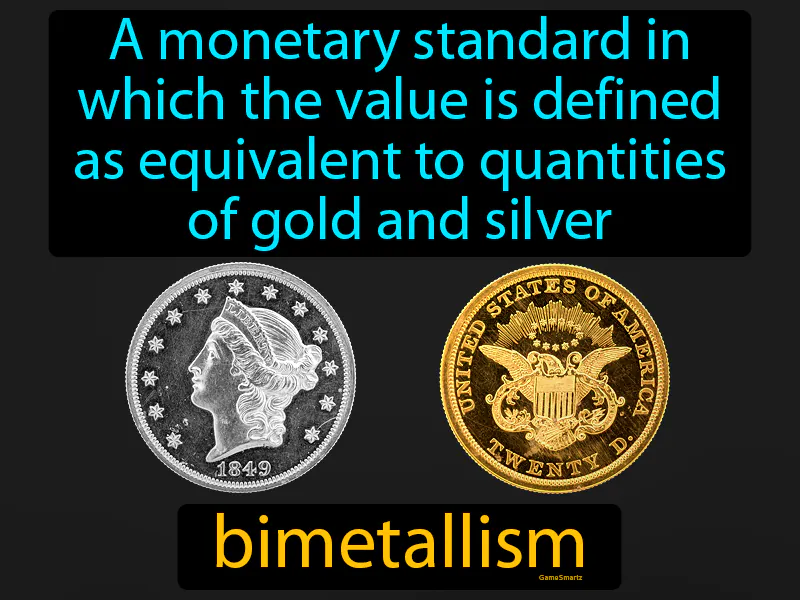Bimetallism
Bimetallism: Easy to understand
During the late 19th century, bimetallism was a key issue in the United States, especially during Western Expansion from 1880-1900. It was important because it addressed economic concerns, particularly for farmers and miners who wanted more money in circulation to help pay off debts and increase crop prices. Bimetallism proposed using both gold and silver to back the U.S. dollar, which would increase the money supply and potentially lead to inflation, helping debtors. Today, the concept of bimetallism is less directly relevant, as most countries, including the U.S., use a fiat currency not backed by metals. However, understanding bimetallism helps us comprehend debates about monetary policy, such as inflation, which still affect people's finances, like when prices at the grocery store rise faster than wages.

Practice Version

Bimetallism: A monetary standard in which the value is defined as equivalent to quantities of gold and silver. Bimetallism. Bimetallism is a historical monetary system where two metals, gold and silver, were used to set the value of money.